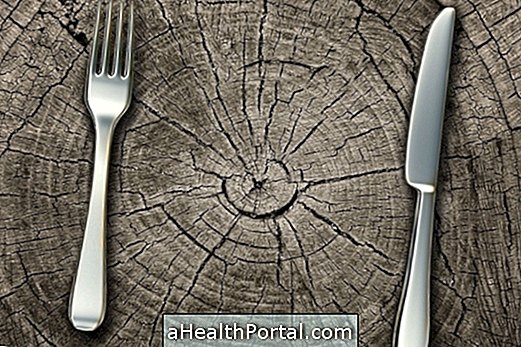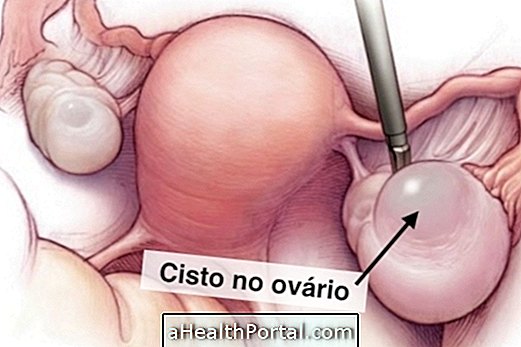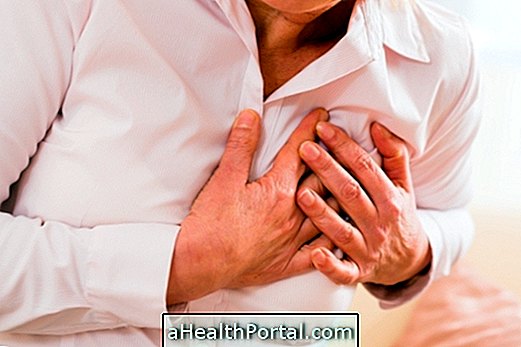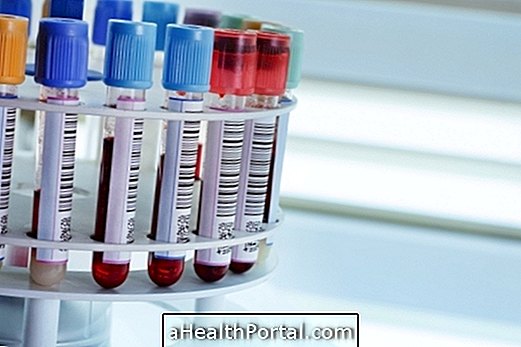Malnutrition is the ingestion or inadequate absorption of nutrients needed to meet the energy needs for the normal functioning of the body or growth of the body in the case of children. It is a more serious condition in the elderly, children or pregnant women that can even lead to death, if very severe, when the body mass index is less than 18 kg / m2.
Malnutrition usually occurs in people with economic difficulties or inhabitants of less developed countries, such as Africa, especially causing child malnutrition.
Malnutrition can lead to diseases such as anemia, lack of iron, hypothyroidism, iodine deficiency or xerophthalmia, and vitamin A reduction, for example. Therefore, people should have a balanced diet and a healthy lifestyle to avoid malnutrition. Here's how to have a healthy diet.
Calculating the BMI
The Body Mass Index (BMI) may aid in the diagnosis of malnutrition, for example. See what your BMI, ideal weight and some tips that can improve the quality of life.
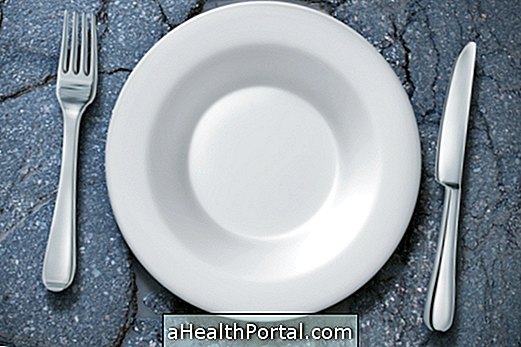

Symptoms of malnutrition
The main symptom of malnutrition is loss of body weight, but other symptoms are:
- Frequent diarrhea;
- Excessive tiredness;
- Difficulty concentrating;
- Lack of appetite;
- Decreased body temperature;
- Apathy or irritability;
- Generalized swelling.
In more severe cases of malnutrition, weakening of the immune system may result, resulting in frequent infections.
Child malnutrition
Child malnutrition can be noticed mainly by changes in the child's growth, lack of strength in the muscles and swelling of the abdomen and legs. Depending on the nutritional cause and symptoms, infant malnutrition can be classified into three types:
- Marasmus, which is characterized by the primary deficiency of lipids and carbohydrates, which causes the child to have little or no fat and lose weight quickly - understand what is and what are the signs and symptoms of marasmus;
- Kwashiorkor, in which there is a deficiency of proteins and vitamins, leading to swelling of the abdomen, dry skin and hair and, in some cases, enlargement of the liver;
- Nanism, in which the child's growth is compromised by the lack of essential nutrients.
It is important to observe the development of the child and the presence of symptoms indicative of malnutrition so that appropriate actions can be taken with the pediatrician and nutritionist, avoiding permanent damage. Know the dangers of malnutrition.
How is the treatment done?
The treatment for malnutrition is done with the gradual increase of the amount of calories ingested, avoiding intestinal alterations, like diarrhea. Thus, 6 to 12 meals a day are made with little food.
With the advancement of treatment, the number of meals is decreased, while the amounts of food at each meal are increased, as the patient adapts. However, when the individual can not eat solid foods, diets or liquid supplements may be used to ensure the necessary nutrients. In more severe cases, hospital admission may be necessary for the patient to be fed nutrients directly into the vein or through a gastric tube. Causes of malnutrition
Main causes
The main causes of malnutrition are:
- Lack of access to food;
- Problems in metabolism or absorption of nutrients, such as diarrhea, anorexia or diabetes;
- Use of medicines that decrease the absorption of nutrients, such as chemotherapy;
- Situations that increase the need for nutrients, such as high fever or burns.
Another frequent cause of malnutrition is diets that are poor in certain nutrients, as in the case of some vegetarians or fad diets.
